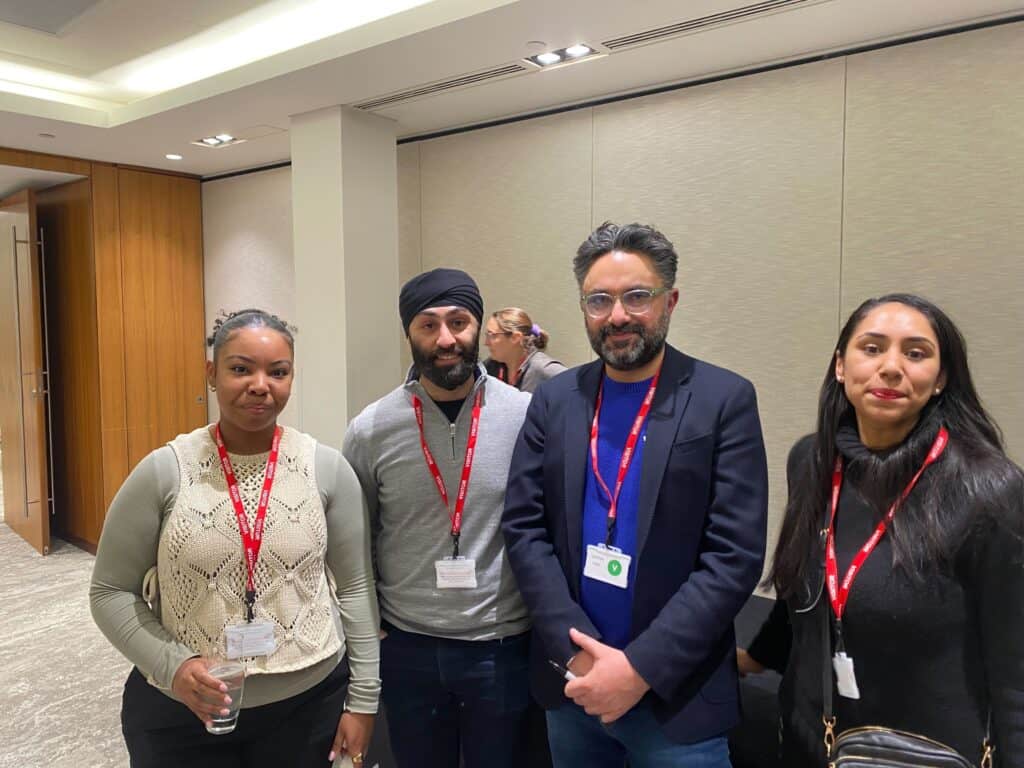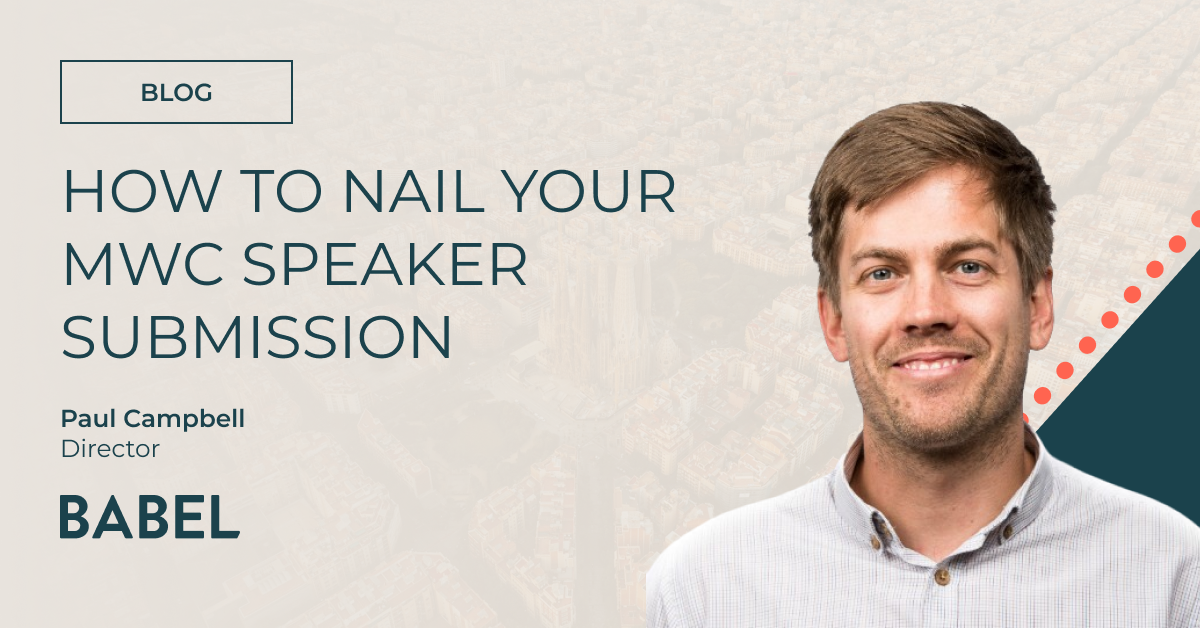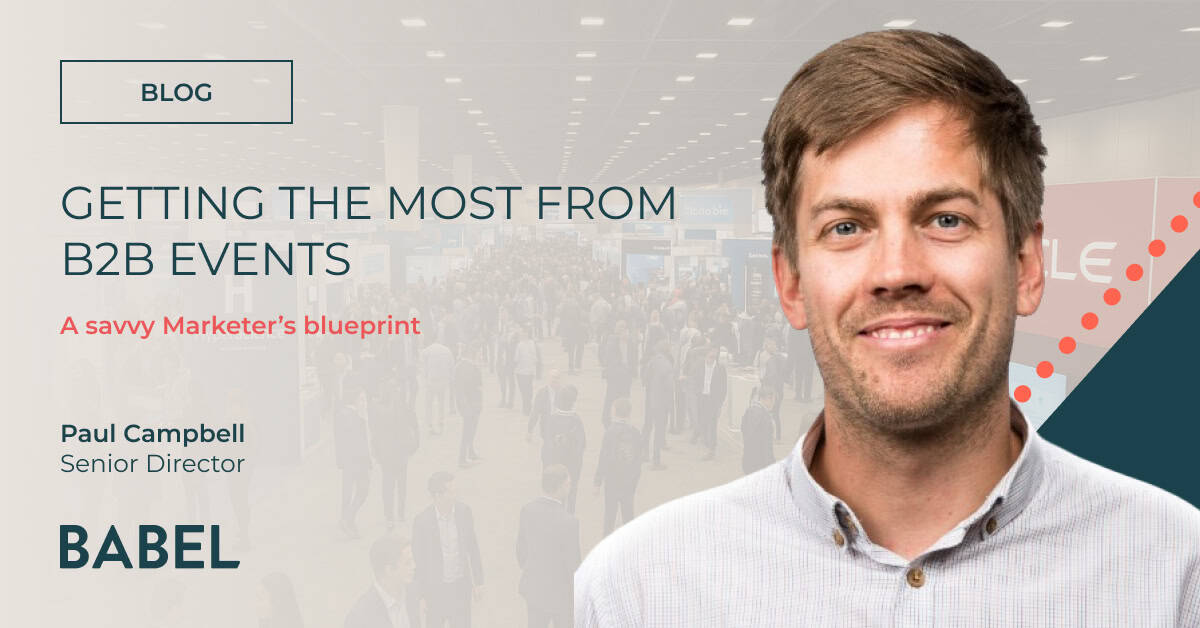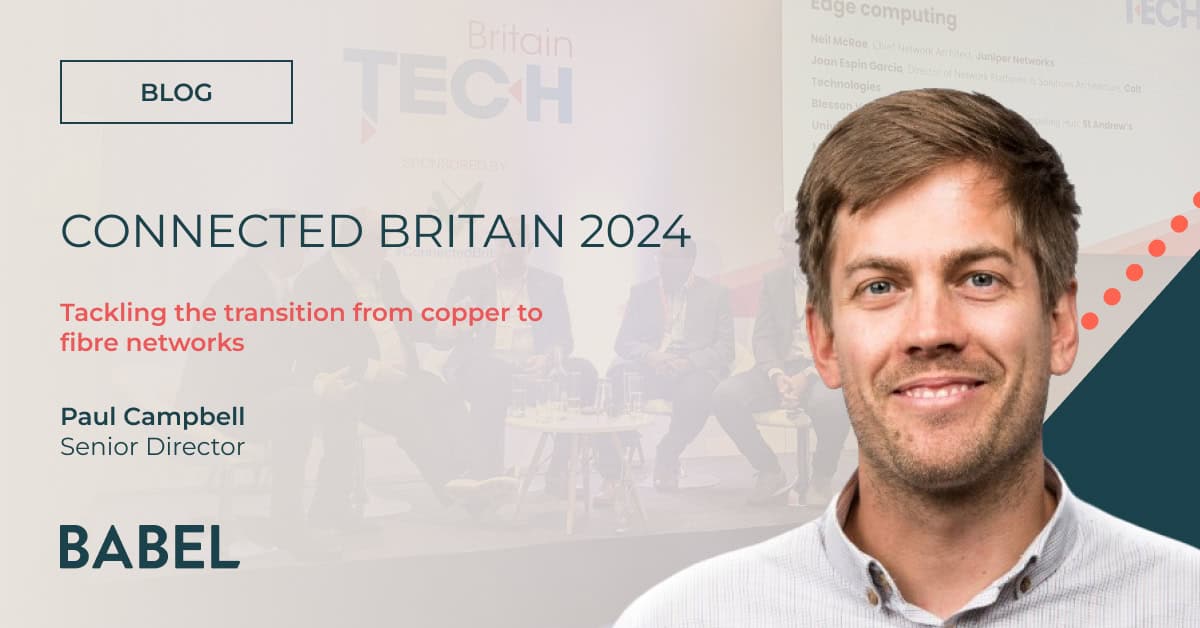Roxhill event debrief: People of colour in the media
Why I am writing this blog? Well, three of my co-workers and I recently launched our employee-led DEI committee for Babel. For our inaugural outing, we attended�Roxhill Media's event�'People of colour in the Media' hosted by renowned journalists� Sathnam Sanghera�and�Arthi Nachiappan.�
The event was to discuss and explore the pressing issues of representation and opportunities for people of colour in the media. The event did exactly that, it was a really engaging, interesting, thought-provoking discussion and I wanted to share the overall gist and takeaways from the evening.
In the era of 'wokeness' there is an ongoing conversation about diversity in the workplace and within other social structures, (I use quotations because there has been a pejoration to the word and when said in all seriousness it leaves a slightly sinister undertone).
I found the discussion to be refreshing and insightful, devoid of 'wokeness.'�
It sheds light on the challenges faced by individuals from diverse backgrounds, and the steps needed to foster inclusive environments within the media industry. The points made mimicked a lot of my internal thoughts and conversations had amongst friends within the PR and wider media industry.
Sanghera, who has just published�Empireworld, opened the discussion by reflecting on his experiences navigating the media landscape as a person of colour. He emphasised the importance of acknowledging the systemic barriers that exist within the industry, from unconscious biases in hiring practices to the lack of diverse voices in decision-making positions. An important point I want to highlight is that there is a need for genuine commitment from organisations to address these issues and create pathways for underrepresented talent to thrive. It's not just about filling junior roles; it's also about creating opportunities for diversity within senior leadership and C-suite positions.

Race to Representation�
The reality is that the first hurdle is getting the job. The second hurdle is ensuring you have a 'space' within your professional environment to speak freely, share ideas, and present yourself authentically, without needing to alter yourself subconsciously - and sometimes consciously - to fit into less diverse spaces.�
Nachiappan, a journalist known for incisive reporting on social justice issues, echoed Sanghera's sentiments and shared her perspective on the importance of mentorship and support networks for aspiring journalists of colour. She emphasised the significance of providing access to opportunities and resources that empower individuals to overcome barriers and succeed in their chosen careers. Nachiappan stressed that diversity and inclusion should not be treated as mere checkboxes, but as essential components of a vibrant and equitable media landscape.
I love a good 'amen' moment and I echo this statement, checkboxes aren't progressive.�
Performative actions should be rejected outright, they add no real value and only serve to deceive. It's crucial to call out and question any such actions, holding ourselves and others accountable for genuine, meaningful contributions towards positive change.�
I appreciated that the talk also touched upon the nuanced challenges faced by individuals from working-class backgrounds within the media industry. Both Sanghera and Nachiappan emphasised the need for initiatives that address class disparities and provide pathways for individuals from all socioeconomic backgrounds to pursue careers within the media. They reinforced the importance of creating environments where individuals feel valued and supported, regardless of their background or upbringing.

On reflection...
I come from a proud working-class background with a rich mix of ethnic heritage, issues of race and class never became apparent until secondary school. Iit is refreshing to have these conversations and I am grateful to be in a generation that is so willing and open about tackling these areas.�
When I first landed a role in B2B Tech PR, I knew it was a career I wanted to grow and excel in. I have been very lucky throughout my career to have had support and mentorship from senior leaders who acknowledged their privilege while encouraging productivity, progression, and prioritising a healthy work-life balance.�
Organisations should champion diversity and inclusion in the workplace, and attending events like these serves as a crucial opportunity for reflection, questions and an assessment of what's being done within the industry. It isn't enough to have a few people of colour dotted around. Authentically creating an environment that serves to encourage and excel in the development of all employees is a valuable investment that benefits all.
I firmly believe that fostering a diverse range of voices not only enhances creativity but also broadens perspectives. It brings forth an abundance of talents and skill sets that are indispensable to the success of creative industries.
Moving forward, organisations need to commit to implementing tangible initiatives that promote diversity, equality, and inclusion across all facets of work. This includes investing in mentorship programs, providing professional development opportunities, and actively recruiting and retaining diverse talent. By embracing diversity as a source of strength and innovation, we can create a more vibrant and representative media landscape that reflects the rich tapestry of our society.
Conversations with colleagues revealed that many shared similar passions, and it was heartening to find a collective space where we could openly address these issues.
Together, we took the initiative to form the DEI committee, each member championing different causes close to our hearts. This is possible because we have the full backing of the senior members, our Managing Director and our People, Culture and Training Manager, alongside the wider senior leadership team.�
Our collective aim is to raise internal awareness about pertinent DEI topics and highlight their relevance to our work to ensure the environment we are creating is organic and collaborative. So far, it's going well.�
The event served as a reminder of the importance of amplifying diverse voices in the media and taking concrete action to address systemic inequalities. The aim is to strive to build more inclusive workplaces and communities.
We should heed their insights, encourage more conversations around this, and work together towards a more equitable future for all.


.jpg)



